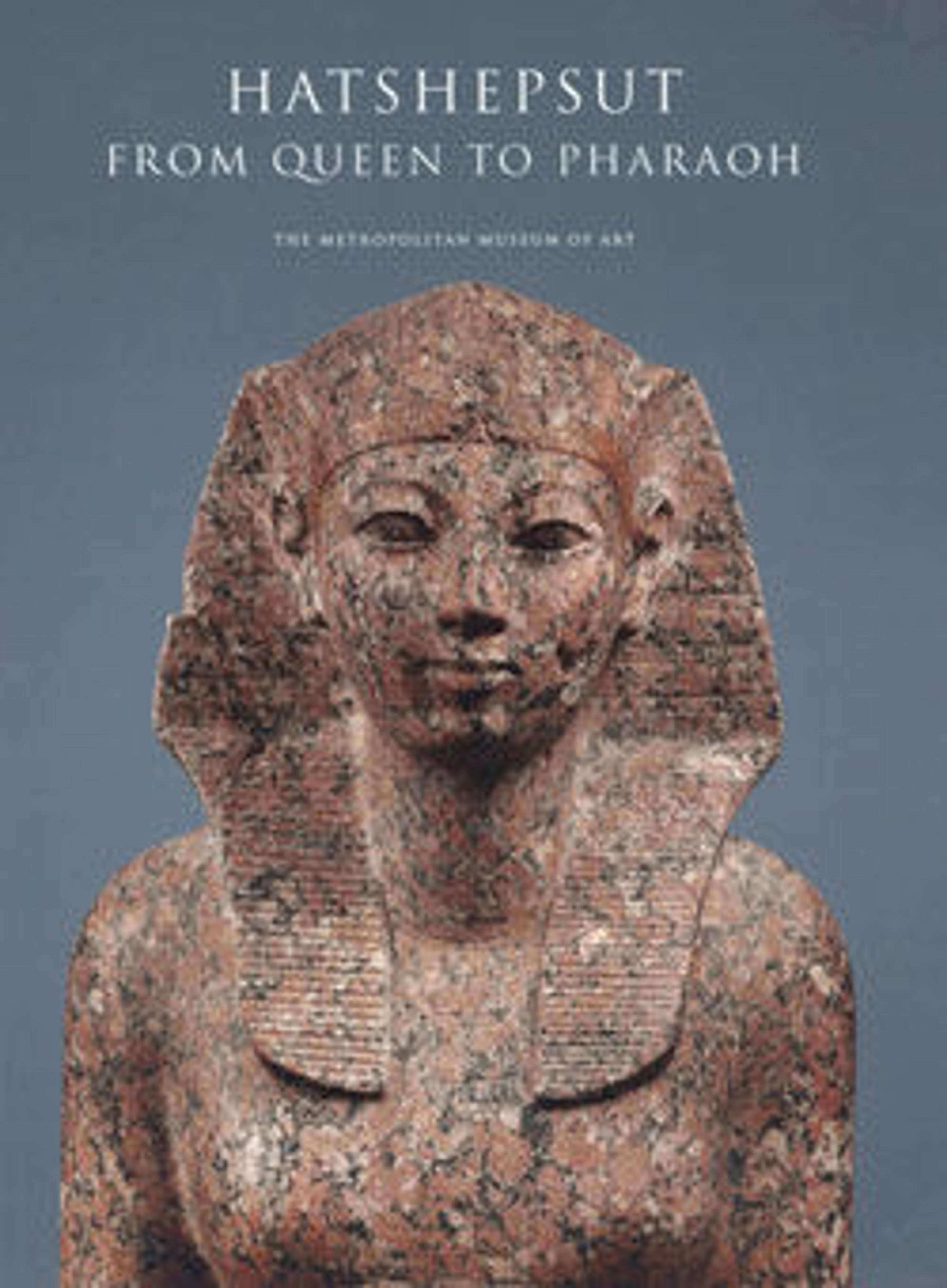Ointment Jar
A number of foundation deposit of the Deir el-Bahri temple contained a number of ointment jars most with remains of the original content (plant or animal fat and fragrances). The presence of such items made sure that the sacred images of the temple could be eternally anointed as prescribed in the daily temple ritual. The text on this jar reads: "Daughter of Re, Hatshepsut, she has made it as an offering for her father Amun at the time of the stretching of the cord over Djeser-djeseru-Amun, that she may be made to live." Djeser-djeseru-Amun was the name of her temple at Deir el-Bahri.
Artwork Details
- Title: Ointment Jar
- Period: New Kingdom
- Dynasty: Dynasty 18
- Reign: Joint reign of Hatshepsut and Thutmose III
- Date: ca. 1479–1458 B.C.
- Geography: From Egypt, Upper Egypt, Thebes, Deir el-Bahri, Temple of Hatshepsut, forecourt, Foundation Deposit 3 (C), MMA excavations, 1923–24
- Medium: Travertine (Egyptian alabaster), ointment
- Dimensions: H 14.3 × Diam 8.4 cm (5 5/8 × 3 5/16 in.)
- Credit Line: Rogers Fund, 1925
- Object Number: 25.3.46a, b
- Curatorial Department: Egyptian Art
More Artwork
Research Resources
The Met provides unparalleled resources for research and welcomes an international community of students and scholars. The Met's Open Access API is where creators and researchers can connect to the The Met collection. Open Access data and public domain images are available for unrestricted commercial and noncommercial use without permission or fee.
To request images under copyright and other restrictions, please use this Image Request form.
Feedback
We continue to research and examine historical and cultural context for objects in The Met collection. If you have comments or questions about this object record, please complete and submit this form. The Museum looks forward to receiving your comments.
